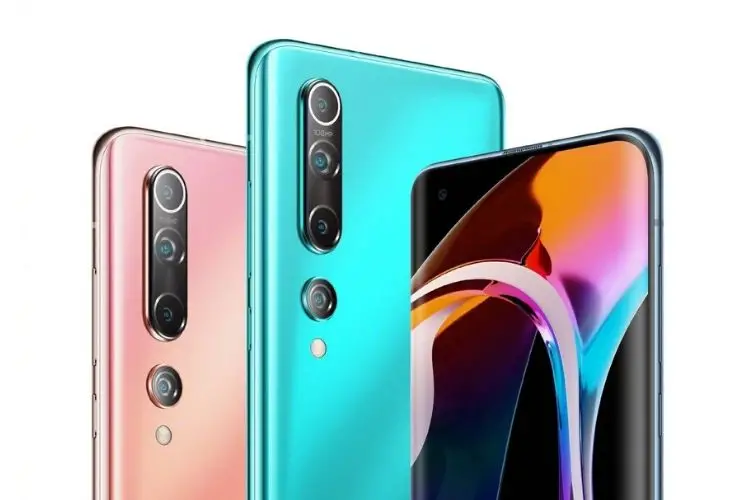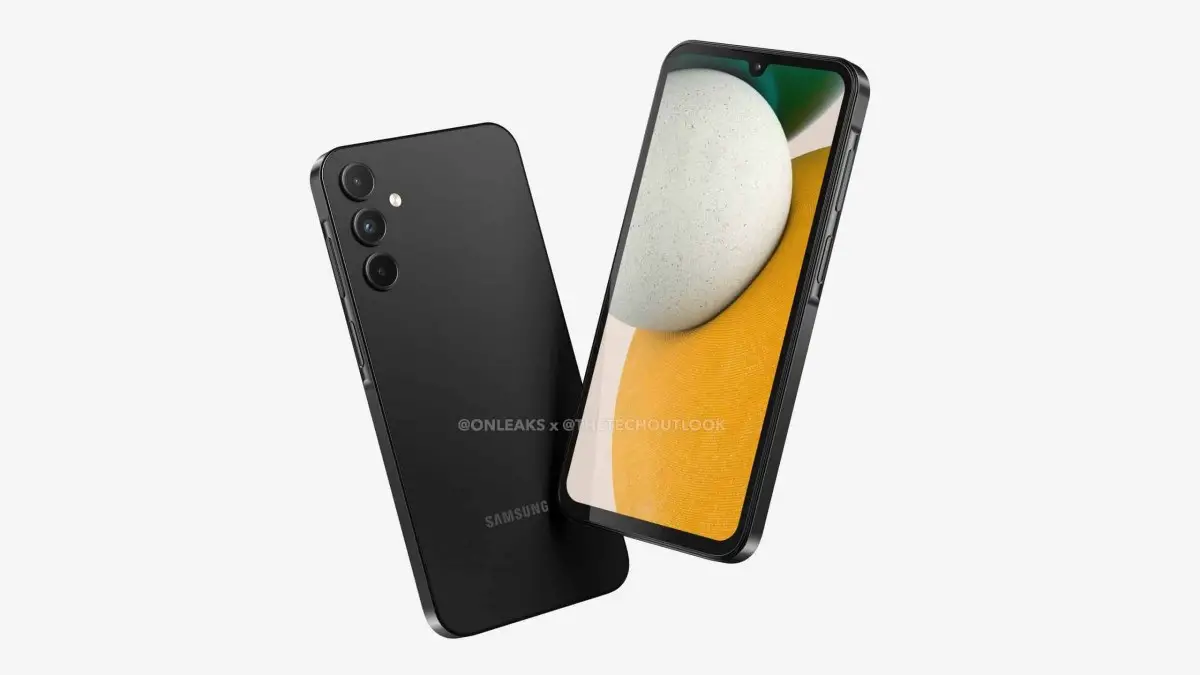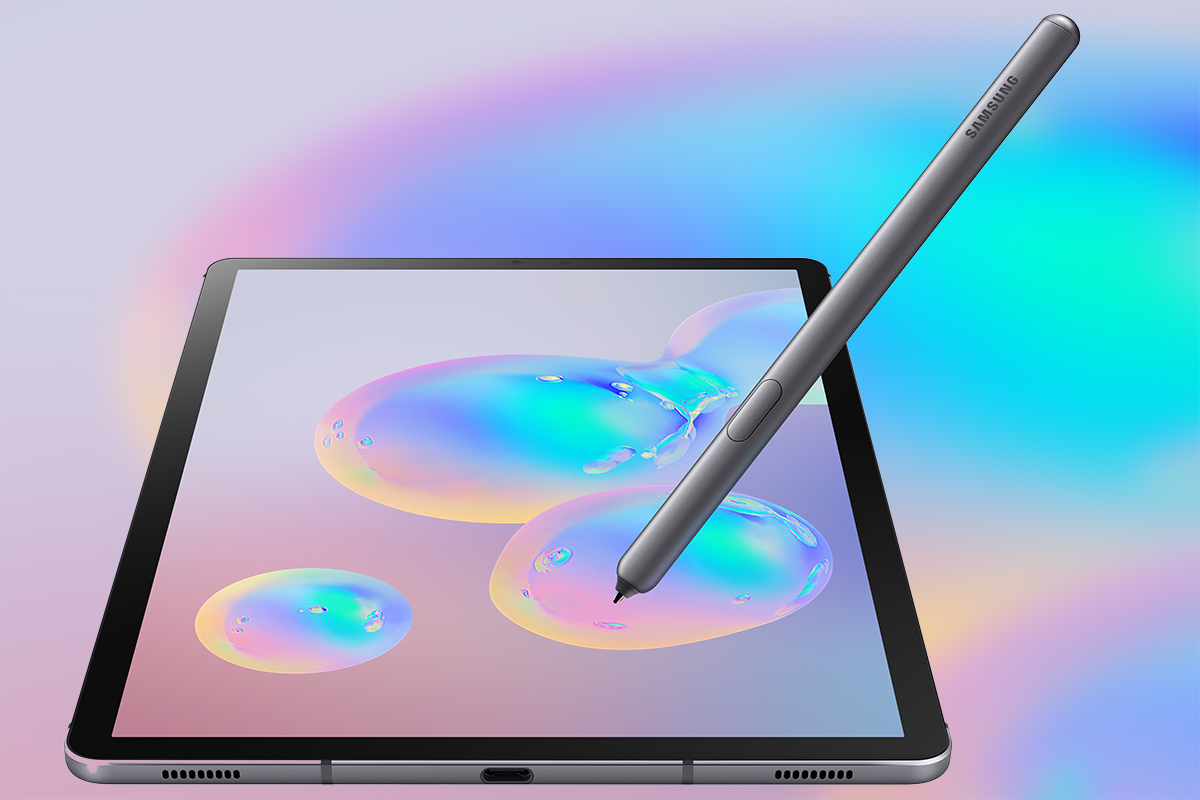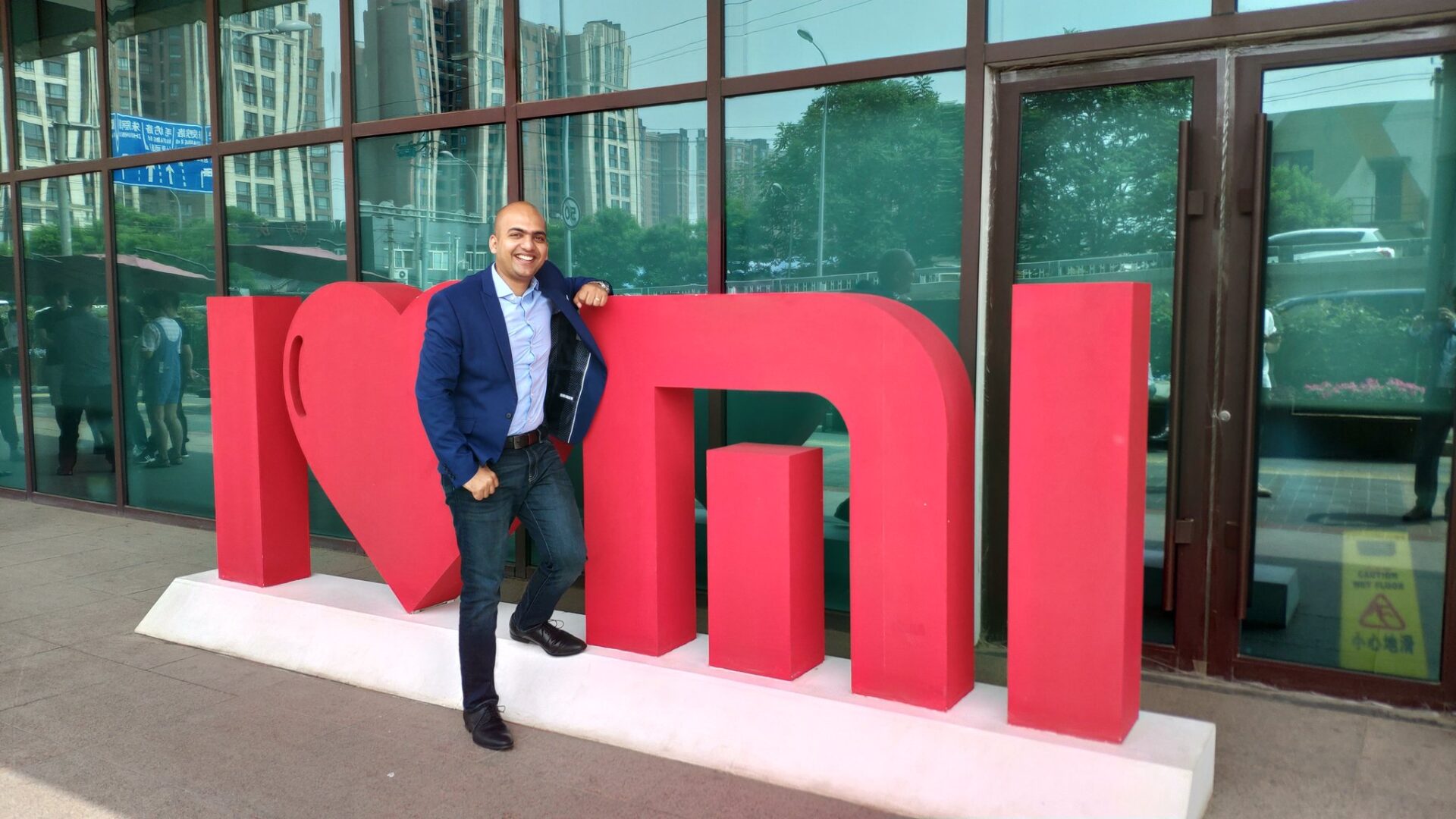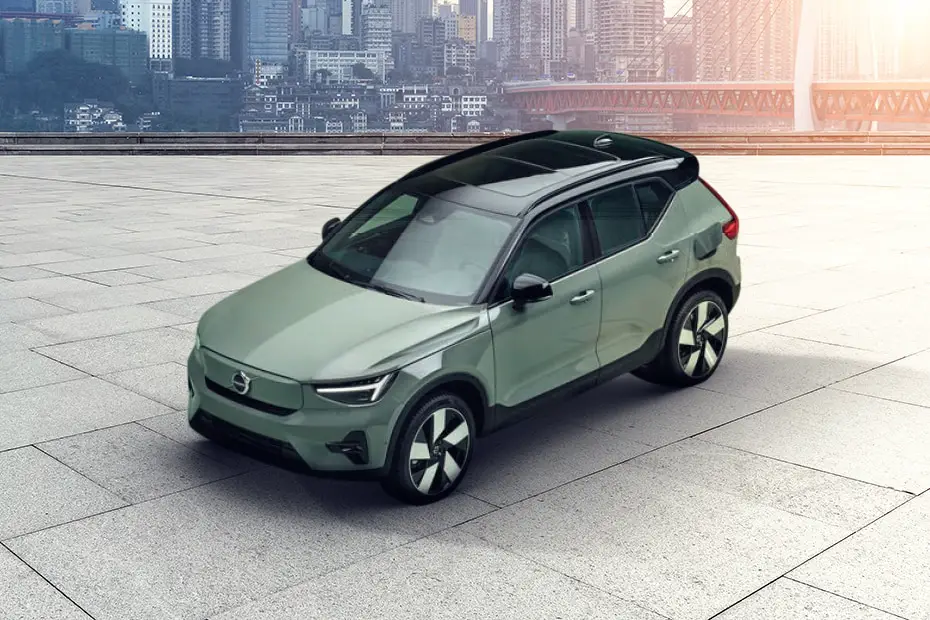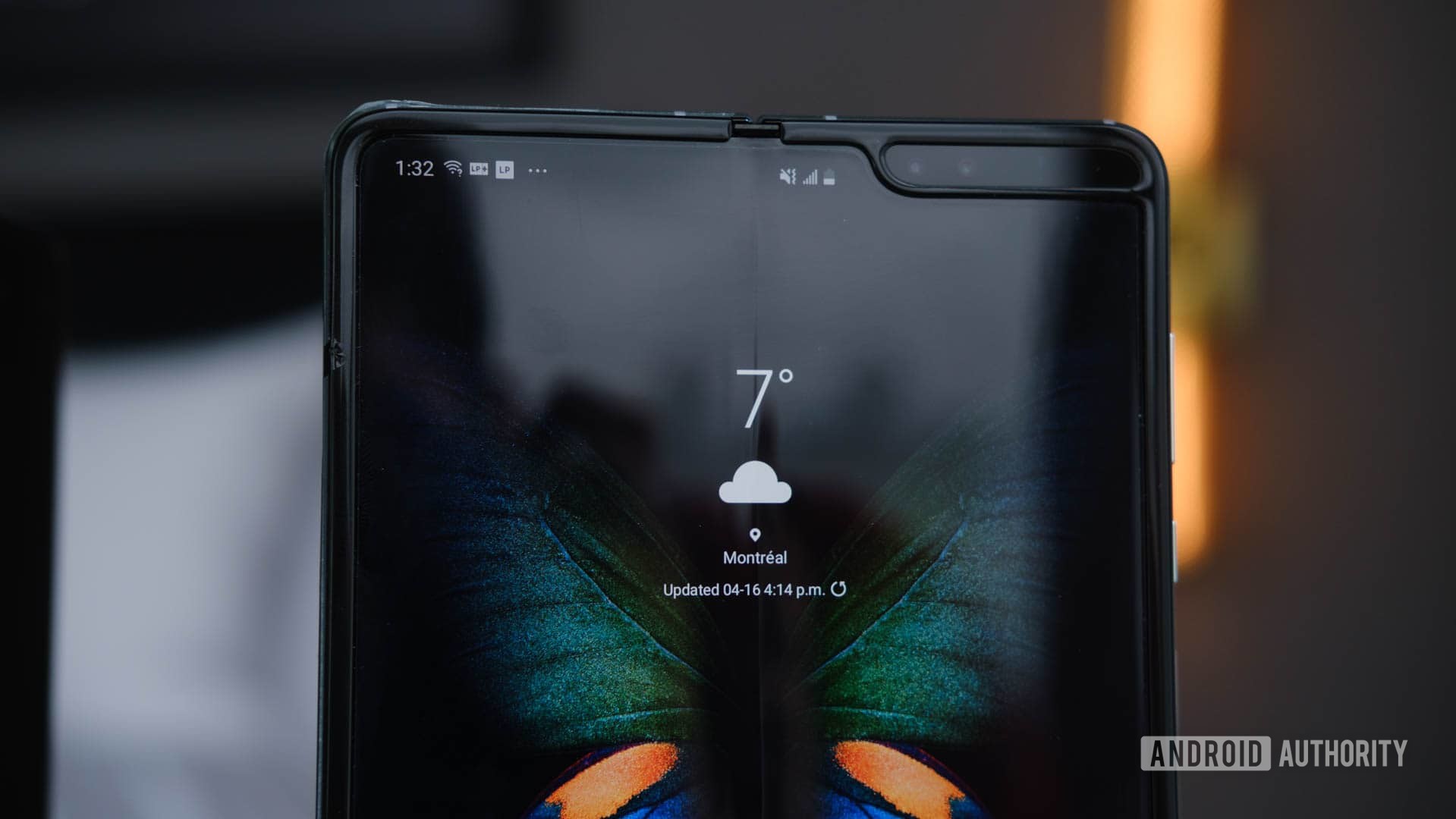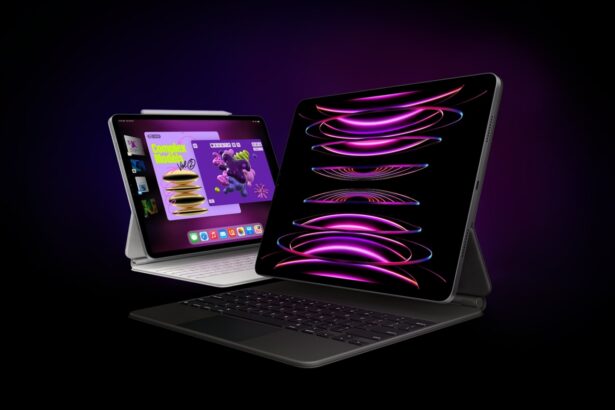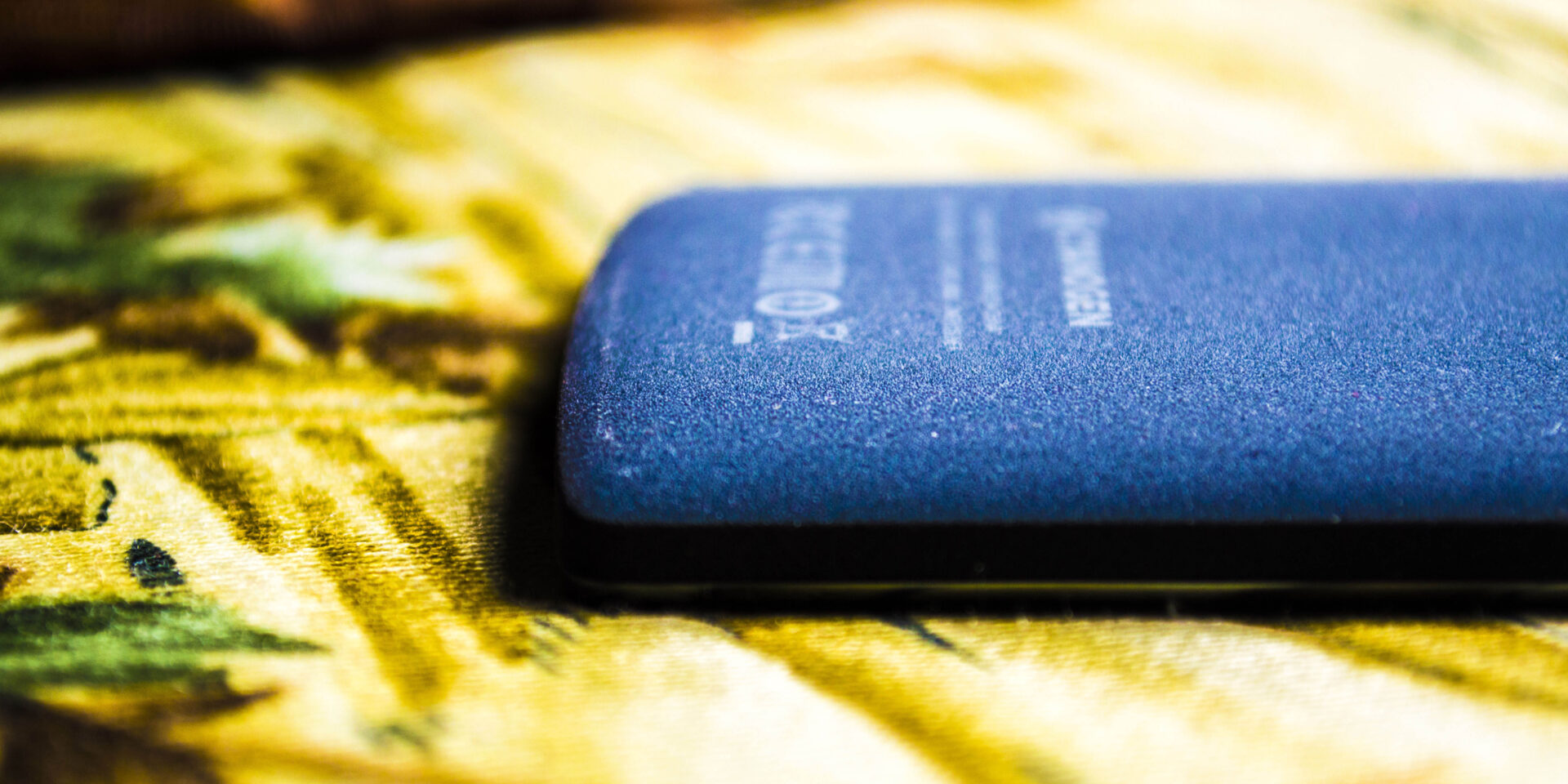Xiaomi has just announced one of the best flagship smartphones of this year which is the Mi 10 series. The launch of Xiaomi’s Mi 10 series also comes to right after Samsung announced their Galaxy S20 series earlier this week. Also, it is quite evident that both Samsung’s Galaxy S20 series and Xiaomi’s Mi 10 series are competing with each other in many ways. In the Xiaomi Mi 10 series, we get the Mi 10 and the Mi 10 Pro. The highlighting features of the Xiaomi Mi 10 series are its AMOLED display with 90Hz refresh rate, AMOLED panel, Snapdragon 865 processor and 5G support too.
Now, we can see that the difference between Samsung’s Galaxy S20 series and Mi 10 series only seems to be in the 120Hz vs 90HZ refresh rate panels on paper. Having said that, it is also a fact that the Samsung Galaxy S20 series does not have 120Hz refresh rate at QHD+ resolution since it drops to 60Hz refresh rate for the same.
On the other hand, Xiaomi Mi 10 series comes with a trend that has been dropped by Samsung this year. This is the curved display glass that we have seen on Samsung flagships over the years. Yes, the Xiaomi Mi 10 and Mi 10 Pro come with a curved display and a hole-punch camera.
As far as the display on Mi 10 series is concerned, it also has a 180Hz touch sampling rate and HDR10+ support too. Also, you get an in-display fingerprint scanner on the devices which is what we get on Samsung’s Galaxy S20 series too. In addition to that, you will get 5G support along with the Snapdragon 865 processor. Now, this is a trend that almost all smartphone manufacturers will follow in 2020.
Basically, you won’t see any non-5G smartphones with Snapdragon 865 SoC this year. And that is because Qualcomm has not developed a 4G version of its latest flagship processor so OEMs can either use Snapdragon 855+ for 4G-only phones to reduce costs. Or else they will have to use Snapdragon 865 chip with 5G support to add up costs.
Coming to the cameras on the Mi 10 series, they have a primary 108MP sensor which comes with OIS support. Also, you get a 13MP ultra-wide-angle lens, 2MP macro lens and a 2MP depth sensor on the Mi 10. Since the Snapdragon 865 processor allows it, the device supports 8K video recording at 24 frames per second.
As for the Mi 10 Pro, there is a 108MP Samsung-developed primary camera along with 20MP ultra-wide-angle camera and a 12MP telephoto camera along with 8MP super-telephoto camera which supports 5x optical zoom. Xiaomi also claims that its Mi 10 Pro can provide 10x hybrid zoom which is a mix of digital and optical zoom. The company also claims to give you 50x digital zoom which is half of Samsung’s 100x Space Zoom.
Also, you get a massive 4780 mAh battery capacity on the devices which should also charge quite fast since it supports 30W wired charging along with 10W reverse-wireless charging support too. Xiaomi claims that the device can charge in just 56 minutes from 0 to 100%.
Now comes the pricing part of the Xiaomi devices which is always interesting to look at. Because over the years, we have seen that one thing Xiaomi is good at is in its pricing. So for the Mi 10 series, Xiaomi has announced that the Mi 10 will start at just 3999 Yuan which is close to US$600 while the Mi 10 Pro starts at 4999 Yuan (~US$ 720)
